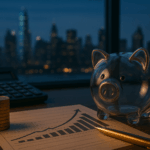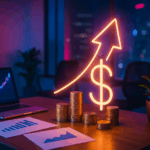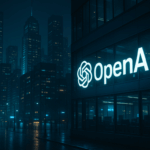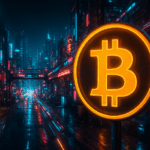In the rapidly evolving landscape of generative AI, questions about the intersection of technology and creativity arise. This dialogue was notably explored at Upscale Conf in San Francisco, where the influence of AI on design and artistry was a focal point. Presented by Freepik, the discussion extended beyond technology, delving into the philosophy of creation in an era where AI’s capabilities reshape traditional boundaries. As artists embrace this new medium, a nuanced consideration of AI’s role emerges, suggesting a non-linear evolution in artistic practice.
Historically, Freepik began as a stock media platform rooted in the traditional artistic ecosystem. The organization, however, now finds itself navigating a transformative shift as AI tools become integrated into its creative processes. This contrasts with earlier skepticism when AI technology was in its infancy and artists expressed concern about its potential to overwrite human artistry. As the tools have matured, so has the discourse, finding a balance between efficiency and personal expression.
Can AI-Generated Art Resonate like Traditional Art?
According to Sofia López, who holds degrees in art history and museology, AI’s ability to contribute to cultural dialogues depends heavily on context. She argues for a deliberate use of AI, suggesting that intentionality is vital for any art form.
“AI can absolutely participate…” she explains, as creators must imbue their work with meaning and narrative.
This sentiment echoes a broader sentiment within the artistic community, where technology’s role does not overshadow human creativity but complements it.
What Role Does AI Play in Today’s Creative Processes?
Jesús Terrada Gómez, a creative strategist, emphasizes the coexistence of AI and traditional methods, highlighting a partnership rather than a replacement.
He states, “AI didn’t make me stop illustrating…they coexist.”
This perspective underscores a growing recognition of AI’s place as a collaborative tool, offering artists a bridge between conventional techniques and modern innovation.
As creators explore AI’s potential, the consumption and creation of art undergo reflective changes. The cyclical nature of art history shows a pattern of adaptation, as seen when the advent of photography shifted artistic focus from realism to abstraction. López points out that each creative revolution reshapes public tastes, a pattern also visible in AI’s influence on modern visual culture.
In the broader creative community, the challenge lies not just in using AI, but in using it well. This requires a commitment to going beyond surface aesthetics, a sentiment echoed by workshop participants and enthusiasts alike.
“People watch someone organize their fridge longer…” reflects a participant.
Thus, creators are encouraged to critically engage with AI, leveraging it as a vehicle for deeper artistic expression rather than superficial output.
Reflecting on the broader impact of AI within creative teams, López suggests that small teams embrace experimentation to discover unique uses for AI. As AI practices are not yet standardized, the call is for innovation and playful engagement that surpasses familiar tropes. Providing AI tools to traditional artists, she suggests, enriches their capacity for storytelling, akin to empowering skilled drivers with advanced vehicles.
As AI continues to develop, creatives face the shared task of shaping its role within art. The dialogue initiated at workshops and conferences presents a confluence of ideas and concerns that aim to redefine art in a digital age. It remains crucial for creators to balance the potential of AI with the human touch, encouraging thoughtful exploration rather than rapid automation. Ultimately, AI’s future in the arts will be dictated by how deeply artists are willing to engage with its capabilities, creating works that resonate with both personal and collective meaning.









